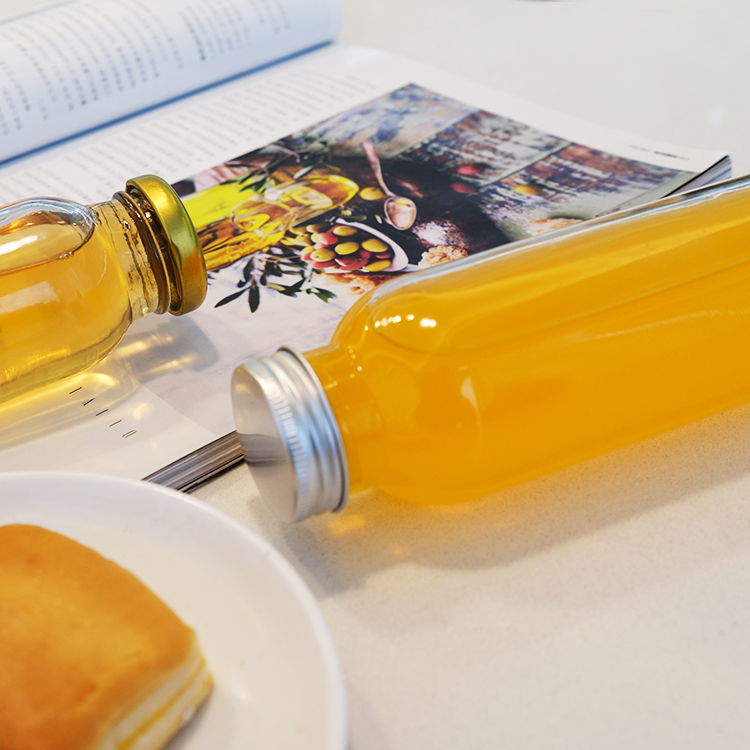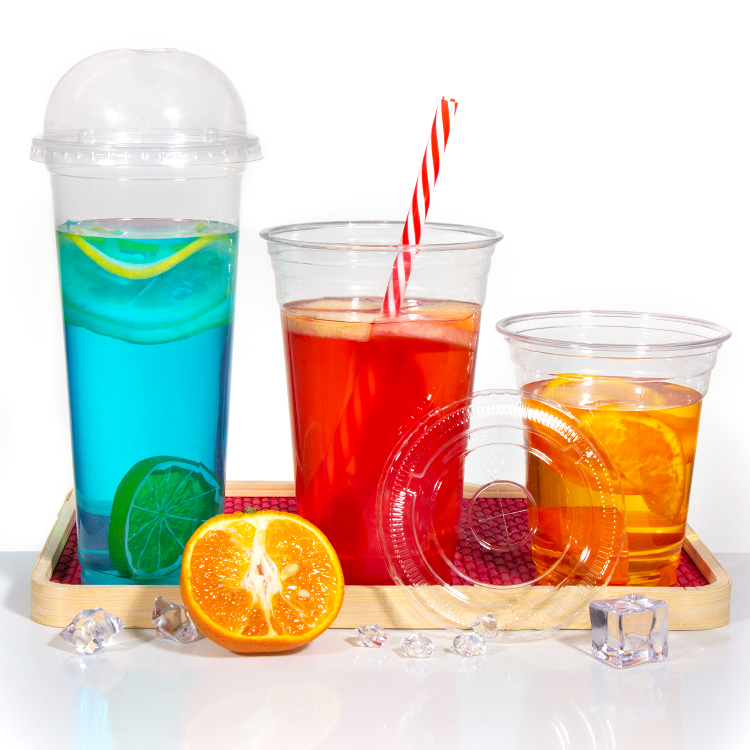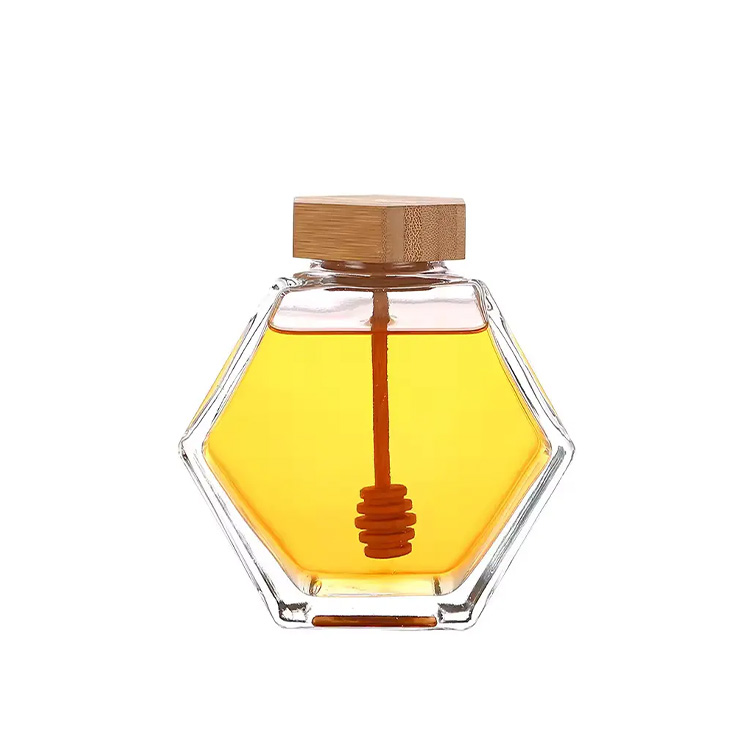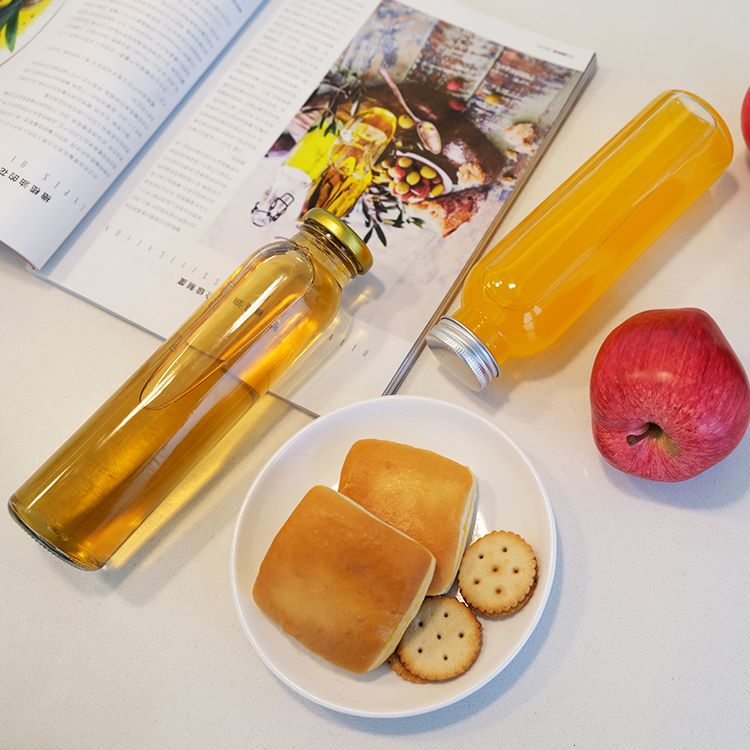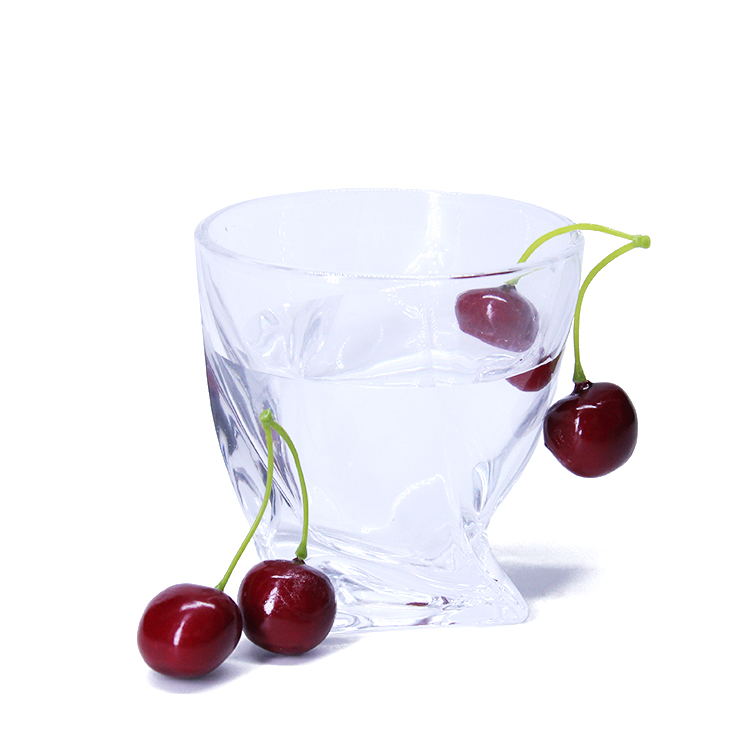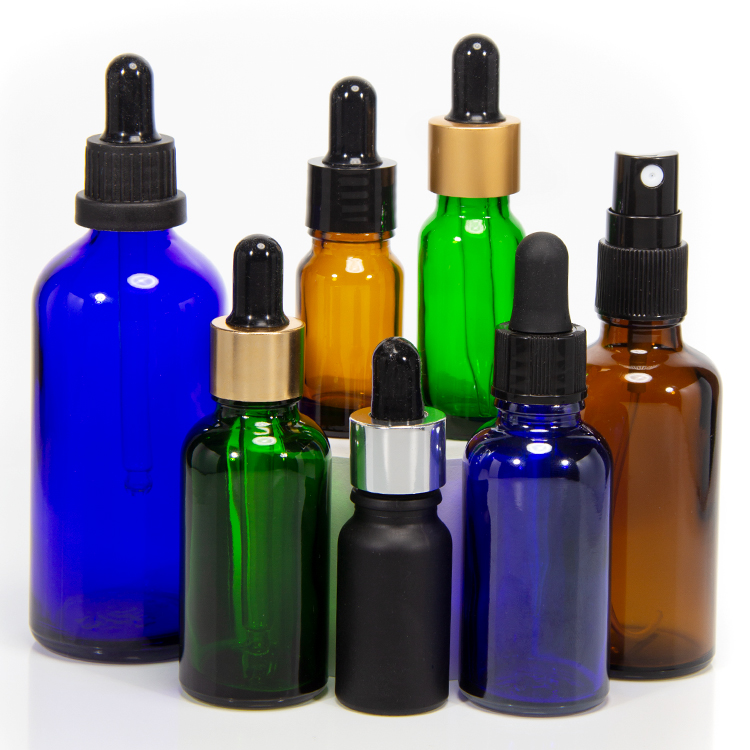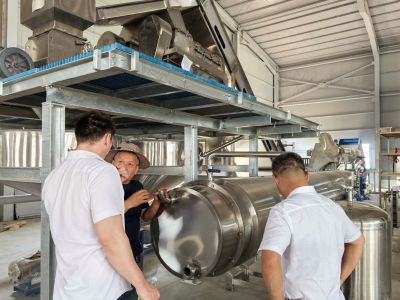Closures and Liners Shortage: What’s Happening and What to Expect
In short, the supply of closures and liners has been severely challenged. While we have seen some improvements on closures (on the molding side), liner supply continues to be a challenge. TricorBraun is here to help.
Different Kinds of Caps for PET Containers
Choosing the right caps for plastic containers is a crucial step in creating the perfect packaging solution. If the cap fails to provide protection, reliability, and security, it can lead to customer dissatisfaction. While their primary function is to seal and protect, caps have evolved to enhance the consumer experience with the product. If opening a plastic container is effortless, it is likely to leave a positive impression and encourage repeat purchases. If you're in search of the ideal cap for your container, don't worry. In this blog, we will explain everything you need to know to make the best choice.
Common Plastic Bottle Preform Myths
Plastic bottle preforms are a crucial part of modern manufacturing, yet they remain misunderstood due to several persistent myths. By addressing these misconceptions, businesses can better understand the potential of preforms in achieving both production efficiency and sustainability.
How To Extending Your Honey Line into Cosmetics
For centuries, across many different cultures, it has been a top choice for a variety of cosmetic applications. Honey not only excels at enhancing skin quality but also aligns perfectly with the trend of moving cosmetics in a more natural direction. Consumers are increasingly seeking skincare products that deliver excellent results without relying on too many chemicals or other unwanted additives. Buyers who prioritize natural cosmetics will naturally gravitate toward products containing honey and other pure elements they can feel good about using.
5 Advantages of Choosing Recycled Glass Bottles and Jars
With a growing awareness around sustainability, both consumers and businesses are seeking greener packaging solutions. Among the top choices are jars and bottles made from recycled glass, which provide a robust and eco-friendly substitute for disposable plastics. These containers offer a safe and sustainable option for storing food, beverages, and everyday household goods.
Special Series Part 2 Purification and Concentration
During the Phase I raw material pretreatment stage, our multi-stage spray and bubble washing system, intelligent sorting , and integrated crushing-preheating unit have achieved efficient and hygienic pretreatment at 20-40 T/h capacity. This established a solid foundation for purification and concentration processes.
Several Types of Liquor Bottles
Selecting the perfect liquor bottle can feel daunting, given the sheer variety available. Each spirit — from whiskey to vodka — boasts unique qualities that are best preserved and displayed in specially designed bottles. This overview will walk you through the main types of liquor bottles and what sets them apart.
Key Differences Between Bordeaux and Burgundy Glass
Every bottle of wine has a story to tell about its craftsmanship and history. The oldest and most contentious argument in the wine industry is undoubtedly between Bordeaux wine glass vs Burgundy glass wine bottles.
Special Series Part 1: Pretreatment of Raw Materials
Traditional processes frequently involve extensive manual participation, high energy consumption and significant material loss. Our new-generation equipment achieves intelligence high efficiency and low consumption at this stage. This series divides into three phases titled Raw Material Pretreatment, Separation Purification&Concentration and Filling with other auxiliary engineering progressively introducing our full-chain processing plant equipment.

